3. Ways of configuration and using of OpenSCADA system.
3.1. Simple server connection.
In the elementary case the OpenSCADA system can be configured in a server mode (fig. 3.1) for acquisition and archiving of data. The given configuration allows to carry out following functions:- interrogation of controllers;
- archiving of values of parameters;
- service of client queries about reception of various data of a server;
- granting of the configuration WEB-interface;
- the remote configuration from OpenSCADA system by means of the Qt-interface or other local interface.
- secondary regulation (regulation in computing controllers);
- modeling, adjusting and supplementing calculations in computing controllers.
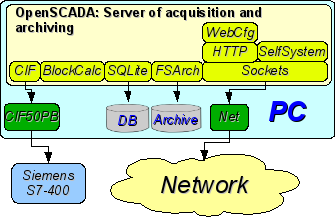
Fig. 3.1. Simple server connection.
3.2. The duplicated server connection.
For increasing of reliability and productivity the OpenS—ADA system supposes plural reservation (fig. 3.2) at which controllers of one copy are reflected in other. At use of a similar configuration distribution of loading of interrogation/calculation at various stations is possible. The given configuration allows to carry out functions:- interrogation of controllers;
- archiving of values of parameters;
- service of client queries about reception of various data of a server;
- reservation of parameters;
- reservation of archives;
- distribution of loading of interrogation on servers;
- granting of the configuration WEB-interface;
- secondary regulation (regulation in computing controllers);
- modeling, adjusting and supplementing calculations in computing controllers with an opportunity of distribution of loading on servers.
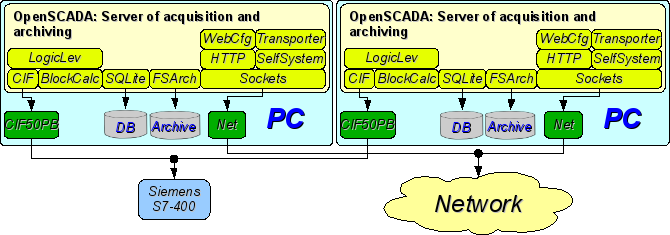
–ŤŮ. 3.2. The duplicated server connection.
3.3. The duplicated server connection on one server.
Special case of the duplicated connection is the duplicated connection within the limits of one server (fig. 3.3), that is start of several stations by one machine with a crossing of parameters. The purpose of the given configuration is increase of reliability and fault tolerance of system by reservation of software.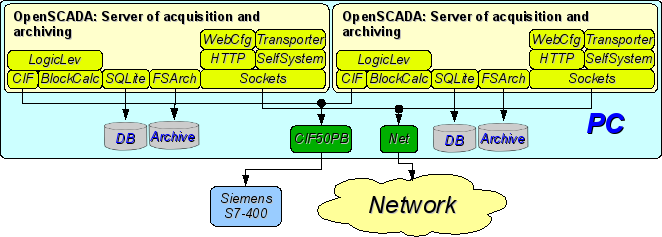
Fig. 3.3. The duplicated server connection on one server.
3.4. Client access by means of the Web-interface. A place of the manager.
For visualization of data containing on a server, the good decision is to use the user WEB-interface (fig. 3.4). The given decision allows to use a standard WEB-browser at the client side and therefore is the most flexible as it is not adhered to one platform, i.e. is multiplatform. However this decision has essential imperfections: low productivity and reliability. In this connection it is recommended to use the given method for visualization of noncritical data or data having a reserve highly reliable way of visualization. For example, the good decision will be using of this method at the heads of plants where always exists place(attendant position) with reliable way of visualization. The given configuration allows to carry out following functions:- interrogation of a server for data acquisition of visualization and a configuration;
- visualization of data in a kind accessible to understanding;
- formation of protocols, reports;
- manipulation with parameters supposing change.
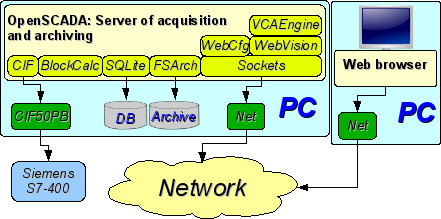
Fig. 3.4. Client access by means of the Web-interface. A place of the manager.
3.5. The automated workplace (place of the manager/operator).
For visualization of critical data, and also in case of if high quality and productivity is required, it is possible to use visualization on the basis of OpenSCADA system configured with the GUI module (fig. 3.5). The given configuration allows to carry out following functions:- interrogation of a server for updating current values;
- visualization of the interrogated data in a kind accessible to understanding;
- formation of protocols and reports;
- manipulation with parameters supposing changes.
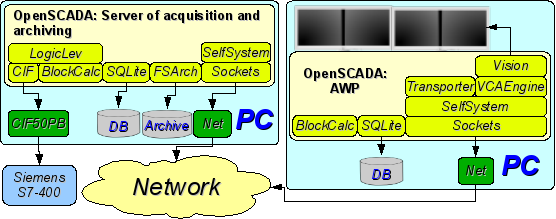
Fig. 3.5. The automated workplace (place of the manager/operator).
3.6. Automated workplace with a server of acquisition and archiving on the single machine (a place of the operator, model...).
The full-function client-server configuration on the single machine (fig. 3.6) can be used for increasing of reliability of system as a whole by start of the client and a server in different processes. The given configuration allows, without consequences for a server, to stop the client and to do with it various preventive works. It is recommended for use at stations of the operator by installation of two machines combining in itself the station of the operator and redundant server. The given configuration allows to carry out following functions:- interrogation of controllers;
- service of client queries;
- visualization;
- delivery of operating influences;
- generation of protocols and reports;
- secondary regulation;
- modeling, adjusting and additional calculations in computing controllers;
- acquisition and visualization of the information on a personal computer, a server....
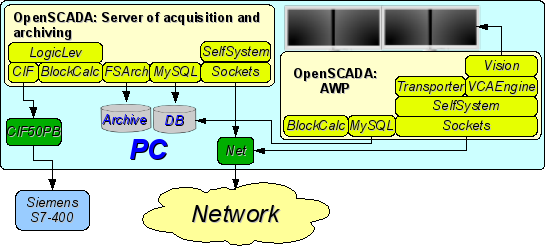
Fig. 3.6. Automated workplace with a server of acquisition and archiving on the single machine (a place of the operator, model...).
3.7. The elementary mixed connection (model, demonstration, configurator...).
The mixed connection combines functions of a server and the client (fig. 3.7). It can be used for test, demonstration functions, and also for granting models of technological processes as a unit. In this mode following functions can be carried out:- interrogation of controllers;
- service of client inquiries;
- visualization;
- delivery of operating influences;
- generation of protocols and reports;
- secondary regulation;
- modeling, adjusting and supplementing calculations in computing controllers;
- acquisition and visualization of the current information on a personal computer, a server, model...;
- a configuration of databases, connections, etc.
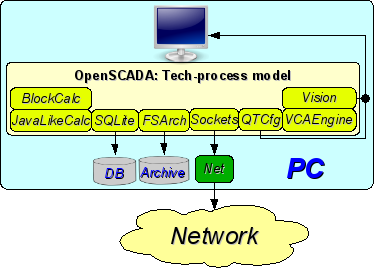
Fig. 3.7. The elementary mixed connection (model, demonstration, configurator...).
3.8. The steady, allocated configuration.
The given configuration is one of variants of steady/reliable connection (fig. 3.8). Stability is reached by distribution of functions on:- to servers of interrogation;
- to the central server of archiving and service of client queries;
- to clients: automated workplaces and WEB-clients.
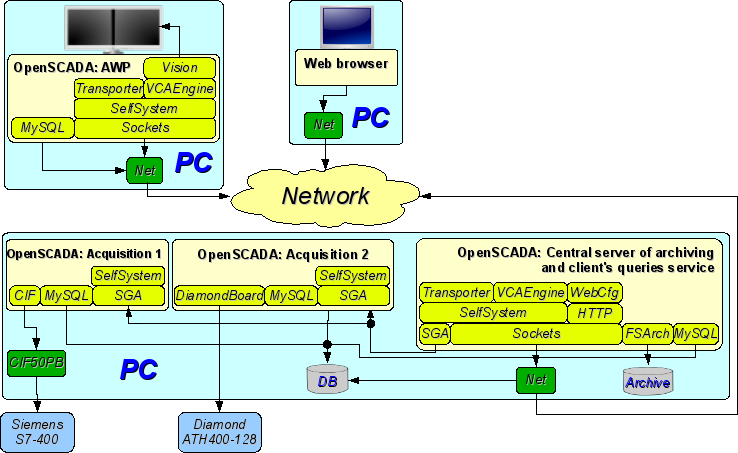
Fig. 3.8. The steady, allocated configuration.
The server of interrogation is configured on the basis of OpenSCADA system and represents the task (group of tasks) engaged with interrogation of the controller (group of controllers of the same type). The received values are accessible to the central server through any transport which support is added by connection of the corresponding module of transport. For decrease in frequency of interrogation and size of the network traffic the server of interrogation can be equipped with small archive of values. The configuration of a server of interrogation is stored in one of accessible DB.
The central server of archiving and service of client queries carries out function of the centralized acquisition and processing of parameters of servers of interrogation and their values. Access to servers of interrogation is carried out by means of one of accessible in OpenSCADA transports+protocols (for example it is SGA). For granting the uniform interface of access to parameters and controllers the module Transporter which reflects data of servers of interrogation on structure of local parameters is used.
For performance of internal calculations and the additional analysis of parameters computing controllers are used.
For versatile and deep archiving various modules of archives are used.
For access of clients to a server are used accessible for OpenSCADA network transports, for example it is Sockets, and transport protocols, for an example it is the protocol OpenSCADA "SelfSystem".
The configuration of the central server is stored in one of accessible DB (for example it is network DBMS MySQL).
For granting the user WEB-interface the module WebCfg by means of the transport protocol "HTTP" is used.
Various clients, among them automated workplaces and WEB-clients, are carried out on the separated machines in necessary quantity. The automated workplace is realized on the basis of OpenSCADA system. Its functions include interrogation of values of parameters from the central server and their visualization on the GUI interface(s). For reception of parameters in an automated workplace the module of reflection of the remote parameters Transporter, also, is used. For granting access to archives the module of archive of network type can be used. The configuration of an automated workplace can be stored in one of accessible DB (for example it is network DBMS MySQL, located on the machine of the central archiving server).